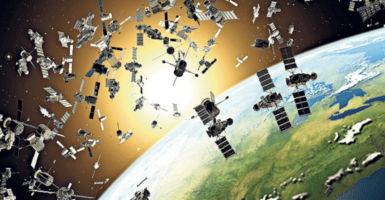Scientists Determined To Explore 75% Of Unmapped Ocean Depths
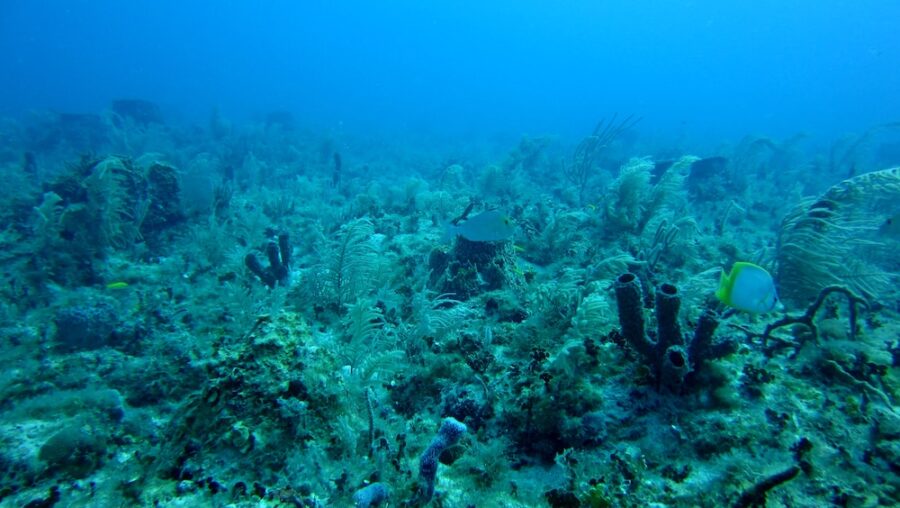
Since the dawning of humanity, our species has been led by the desire to explore. This desire has guided us to the peaks of mountaintops in the Himalayas, through the frozen tundras of Antarctica, and out beyond the borders of our planet into the depths of space — but there is one place we have never gone before: to the depths of our oceans. According to LiveScience, this is about to change as scientists are determined to explore the vast 75 percent of unmapped ocean floors, the last great mystery of our planet.
The Majority Of Our Oceans’ Depths Remain Unmapped, But There’s An Ambitious Plan To Change That
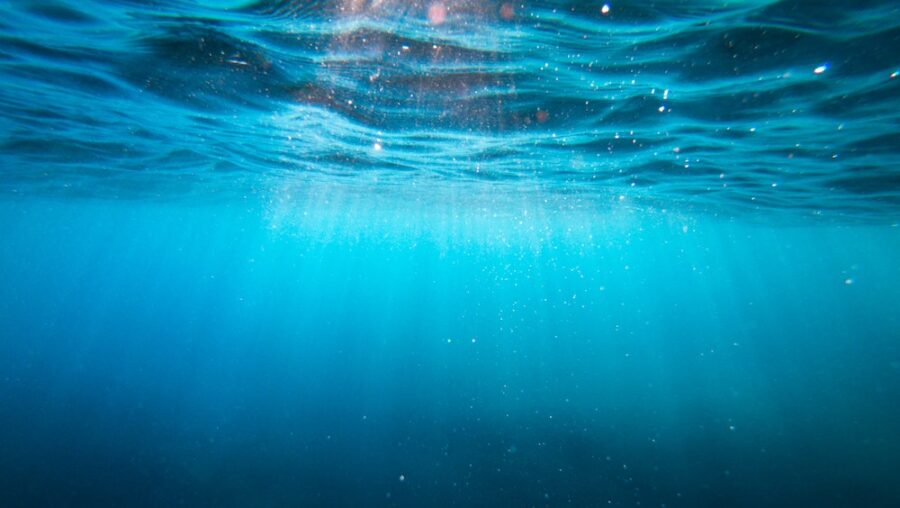
The mystery that shrouds the ocean’s depths has intrigued scientists for decades, prompting them to embark on a monumental project to map 75 percent of unmapped ocean depths by 2030. As of mid-2023, only a quarter of the seafloor has been accurately mapped, leaving vast areas undiscovered and unexplored.
Vicki Ferrini, a geoscientist at Columbia University, explained the importance of mapping the ocean floor as the first step in understanding this hidden world. However, unlike the way we mapped the continents floating on top of the oceans hundreds of years ago, we’re not yet able to map the seafloor by seeing it visually with human eyes.
Current Ocean Mapping Methods Aren’t Very Accurate
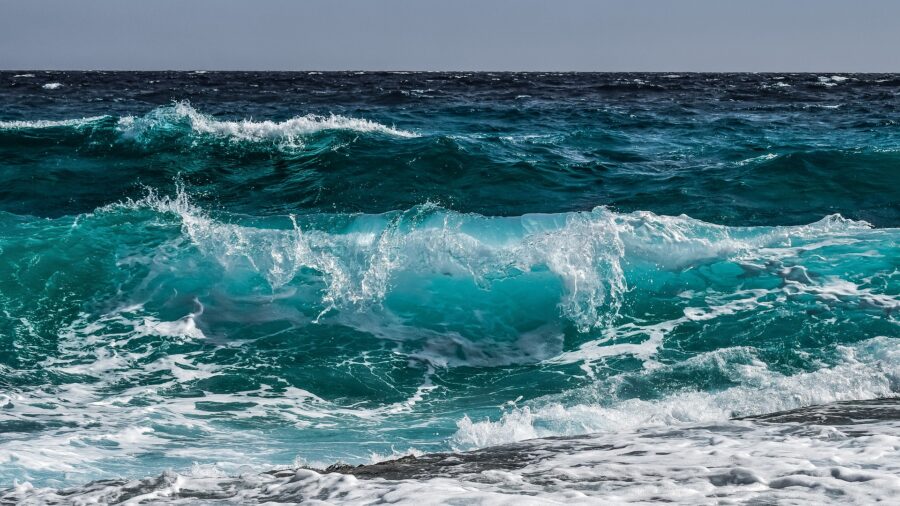
Instead, scientists primarily employ sonar technology to create maps of the oceans by sending out sound waves and measuring the time it takes for them to bounce back. In shallower areas, satellites and lidar, a laser-based measurement technique, are used for mapping.
While topographic or satellite maps may appear to create a comprehensive map of the oceans, much of the detail they display isn’t based on exact measurements. Rather, these tools use satellite data, variations in Earth’s gravity, and known depth points to create an estimated map of the seafloor.
The Seabed 2030 Initiative
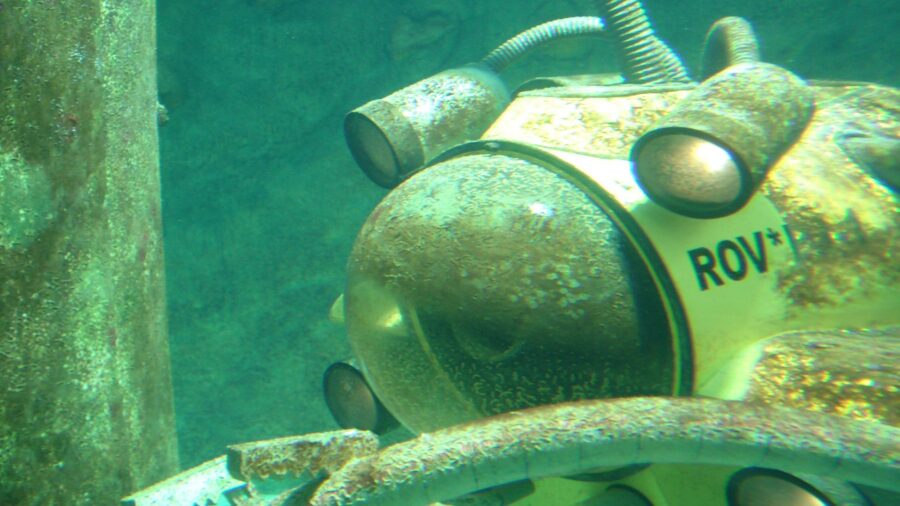
The ongoing efforts to map the seafloor are supported by the Seabed 2030 initiative, which aims to achieve a complete map of the ocean floor by 2030. While mapping is crucial, it’s only one small piece of the puzzle of what lies underneath the deep blue water of our planet’s oceans. The maps alone can’t provide information about the composition of the seafloor or the life forms inhabiting this mysterious realm.
Using Drones To Map Ocean Floors
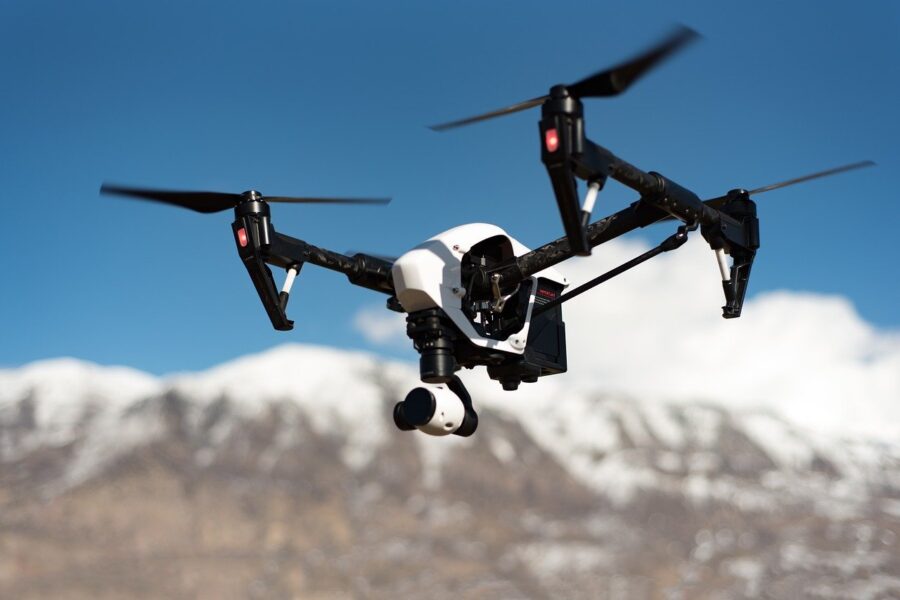
To answer these questions and explore the oceans more comprehensively, scientists must venture into the second phase of exploration — direct observation of the ocean floor. Researchers and submersible drones have been exploring the depths of the world’s oceans for years, yet their explorations represent only a minuscule fraction of the vast world underneath the water.
Vicki Ferrini emphasized the significance of understanding the ocean’s depths, stating, “The ocean is really what sustains life on the planet. And so as stewards of the planet… it’s important to understand what’s there so that we can hopefully do a good job of managing it.”
What Mysteries May Unravel As We Explore More Of Our Oceans’ Depths?
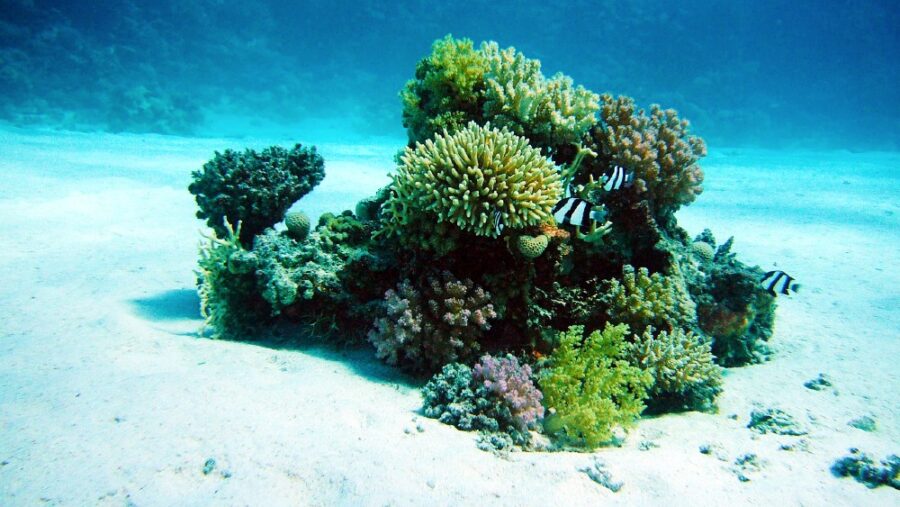
The journey to explore 75 percent of unmapped ocean depths by 2030 is an ambitious undertaking that will require international collaboration, cutting-edge technology, and substantial funding. Seabed 2030 is a critical player in this initiative, bringing together governments, research institutions, and the private sector to pool their expertise and resources. As our scientists explore the final Earthly frontier, the hope is that we might gain a deeper understanding of our planet’s geology, biodiversity, and the delicate balance that sustains life on Earth.












